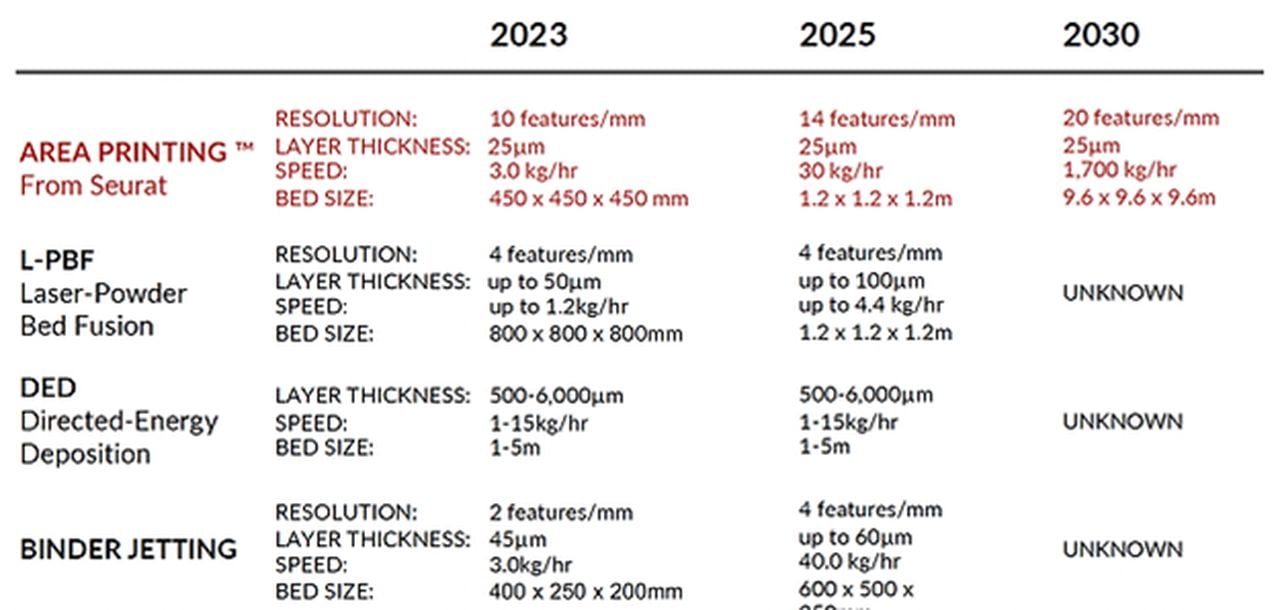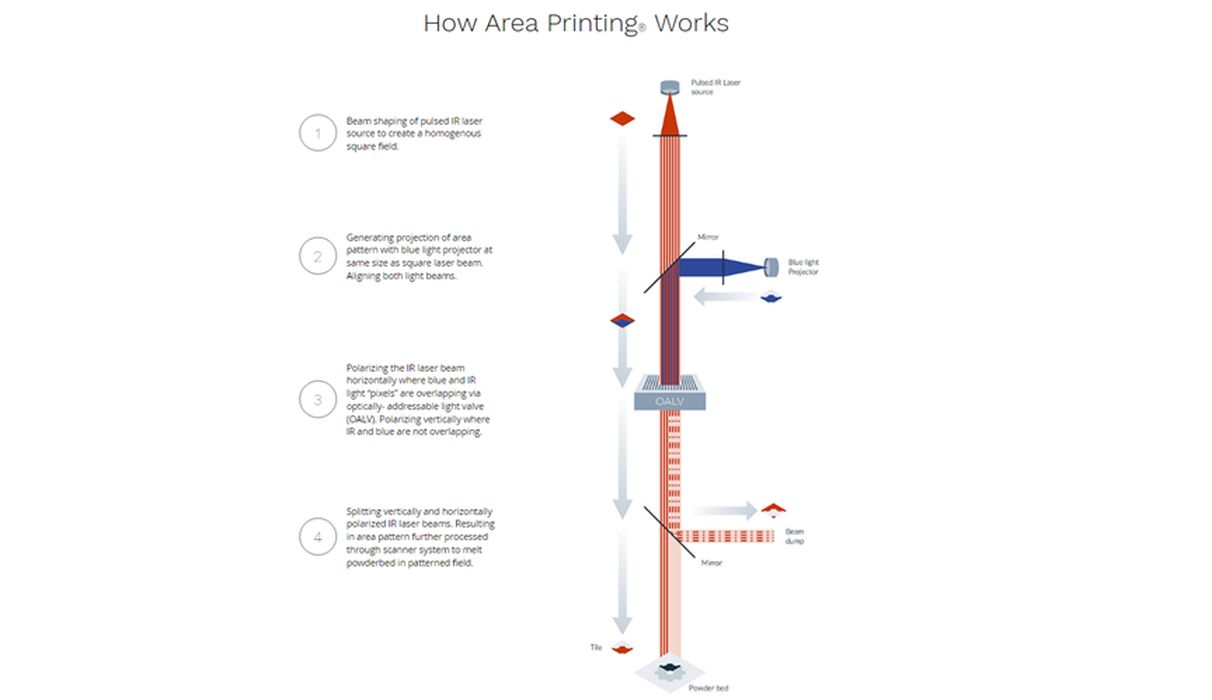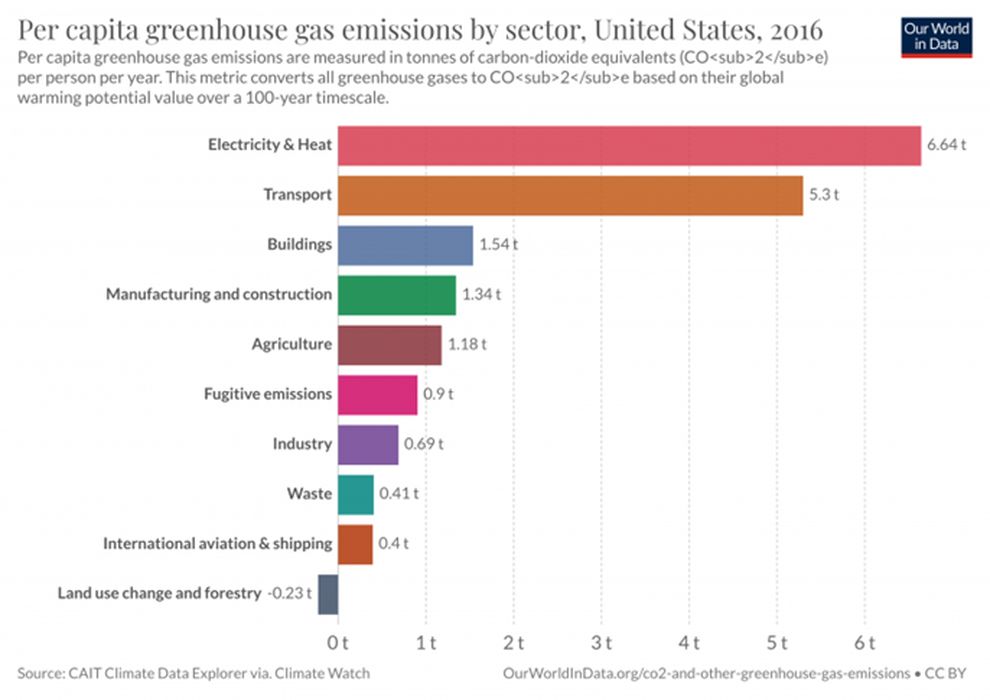
Charles R. Goulding and Christopher Lee spoke with Seurat Technologie’s CEO, James DeMuth about Area Printing.
Life Imitating Art
Earlier this year, we had the opportunity to sit down and chat with James, the co-founder and CEO of Seurat Technologies. If you haven’t heard of them, Seurat is a company that’s changing the manufacturing game with its innovative 3D printing technology. But don’t worry if you’re not a tech expert – we’re going to break it down for you in a way that’s easy to understand.
Seurat Technologies, known for its groundbreaking 3D printing technology, draws inspiration from the world of art, specifically the work of French painter Georges Seurat, the father of pointillism. As Seurat Technologies explains, “By applying thousands of tiny spots of pure color, French painter Georges Seurat fathered a new style of painting: pointillism.” The company takes this idea and applies it to its 3D printing process. “Like Georges Seurat’s brush technique, Seurat Technologies applies the same basic principle to laser light and powdered materials,” they explain.
This connection between art and technology speaks to Seurat Technologies’ innovative spirit, enabling it to push the boundaries of what’s possible in manufacturing and 3D printing.
James DeMuth
James DeMuth is the co-founder and CEO of Seurat Technologies, which aims to revolutionize the manufacturing industry with its innovative 3D printing technology. James became interested in engineering when he was very young, which led him to earn his bachelor’s degree in mechanical engineering at Santa Clara University. James then earned a master’s degree from Stanford University.
While at Stanford, James attended a seminar on the National Ignition Facility (NIF), part of Lawrence Livermore National Laboratory (LLNL), which is engaged in cutting-edge research on fusion energy. After being fascinated by the potential of unlimited power of fusion energy, James began a position with NIF later that summer. He developed an interest in 3D metal printing while working on the walls of the fusion chamber at that time. His discovery of 3D metal printing as a means of processing special types of steel, coupled with his fusion research, resulted in the founding of Seurat Technologies in 2015.

Seurat was founded to scale 3D printing to out-compete traditional manufacturing in every way. With its Area Printing technology, Seurat Technologies has developed a method that speeds up and reduces the cost of 3D printing. Under DeMuth’s leadership, Seurat Technologies is a major player in the 3D printing market, and its technology can be used in consumer electronics, automotive, energy, tooling, and other industries.
Seurat is transforming the way the world makes metal by making manufacturing affordable, easy, and zero-emission — bringing costs down and opening markets up.
Seurat’s Technology
The use of 3D printing in manufacturing is not new, but Seurat’s Area Printing solution makes 3D printing more efficient and cost-effective. The co-founder explains, “we essentially invented the process that we now call Area Printing where we are essentially taking the laser powder bed fusion process, which is incredibly serial. It’s like writing a letter with a pen and turning it into a high-speed printing press.”
Seurat focuses on using 3D metal printing to produce parts that can withstand extreme temperatures and cyclic fatigue, such as those needed for fusion energy. Traditional manufacturing processes, like casting or forging, cannot produce these types of parts. Laser powder bed fusion, a type of 3D printing that uses a high-powered laser to melt and fuse together layers of metal powder, can produce these parts, but it is too slow to be considered an optimal solution for many production applications.
Seurat’s Area Printing process addresses these limitations, allowing them to not only make fusion energy components but also compete with traditional manufacturing processes on a price basis.
As James explains, “we can compete not just with the high-end aerospace, medical parts that are there today that additive is currently addressing, but how do you scale to high volume? Compete directly with casting, with machining, with forging…”

Looking at some of these metrics, it is abundantly clear that Seurat is aiming to be the technological leader. This is especially true with regard to detail and speed, where they hope to reach a whopping 14 features/mm and 1700 kg/hr by 2030. This will have resounding effects on the manufacturing industry as a whole, allowing not only for direct competition with traditional manufacturing but radical new designs that can only be achieved via 3D metal printing.
Seurat Technologies’ innovative Area Printing technology has the potential to revolutionize manufacturing in a wide range of industries. By using powerful lasers to micro-weld thin metal powder layers to the area below it, Seurat’s 3D metal printing process creates parts that were previously impossible to manufacture with traditional methods.

Here are some examples of additive applications that could improve thanks to Seurat’s Area Printing technology:
Automotive Industry – The automotive industry is constantly looking for ways to make cars lighter, stronger, and more efficient. Seurat’s Area Printing can create parts that are both lightweight and durable, making it an attractive option for automotive manufacturers.
Energy Production – Perhaps one of the most promising areas where Area Printing can be used is in the context of clean energy. By creating parts that can withstand extreme conditions and cyclic fatigue, Seurat can help to develop more efficient and durable energy systems that can make a sustainable future a reality.
Emissions Reduction

Among the key advantages of Seurat Technologies’ Area Printing technology is that unlike casting and forging, it is an electrically-driven process powered by 100% green energy. Seurat has committed to using all green energy for its pilot and first full-scale factories and intends to continue this for future ones as well.
Additionally, Seurat’s Area Printing requires less material, and as James explains, “When we do our emissions analysis, that actually has a huge part to play. If you can make the same part and it needs half the material, that means that’s half the material that never needs to be made in the first place.” This is certainly true, as the manufacturing industry is responsible for a significant amount of greenhouse gas emissions, and material production is one of the worst offenders in this category. James notes that “making steel is two tons of CO2 per ton of steel. Making aluminum or titanium is like 10 tons of CO2 per ton of metal. So it can have a big impact.”
Seurat’s Area Printing technology has the potential to reduce emissions by using less feedstock material than traditional manufacturing methods. James explains that “46% of the manufacturing market is machining today. Machining is subtractive manufacturing. It fundamentally is just removing material. And if you look at sort of average machine parts, you’re talking 50%, 60%, 70%, 80%, even 90% of your starting feedstock material is scrapped as metal shaving.” By converting machined parts to additive parts, Seurat’s Area Printing technology can significantly reduce the amount of feedstock material that is required, leading to a reduction in emissions. Additionally, the technology’s ability to apply generative design and create lightweight parts can further reduce emissions by requiring even less feedstock material.
Overall, Seurat’s Area Printing technology, fueled by 100% green energy, has the potential to mitigate up to 100 million metric tons of carbon emissions by 2030. As James notes, “It’s all about scalability, and really that’s what we unlock, our core innovation is how do you go big, how do you go fast, how do you make a lot of parts but yet maintain quality along the way? And that’s critical.”
The Research & Development Tax Credit
The now permanent Research and Development (R&D) Tax Credit is available for companies and startups developing new or improved products, processes and/or software.
3D printing can help boost a company’s R&D Tax Credits. Wages for technical employees creating, testing and revising 3D printed prototypes can be included as a percentage of eligible time spent for the R&D Tax Credit. Similarly, when used as a method of improving a process, time spent integrating 3D printing hardware and software counts as an eligible activity. Lastly, when used for modeling and preproduction, the costs of filaments consumed during the development process may also be recovered.
Whether it is used for creating and testing prototypes or for final production, 3D printing is a great indicator that R&D Credit eligible activities are taking place. Companies implementing this technology at any point should consider taking advantage of R&D Tax Credits.
Conclusion
We were delighted to talk to James and impressed by his accomplishments, in addition to Seurat’s business goals. Seurat’s commitment to sustainability and its potential to significantly reduce emissions in the manufacturing industry is encouraging. Additionally, the use of this technology in the pursuit of components that can withstand the high temperature and cyclic fatigue requirements of fusion energy should not be taken lightly. Seurat Technologies’ success is a testament to the potential of additive manufacturing, and we look forward to seeing what new innovations the company may bring in the future.
